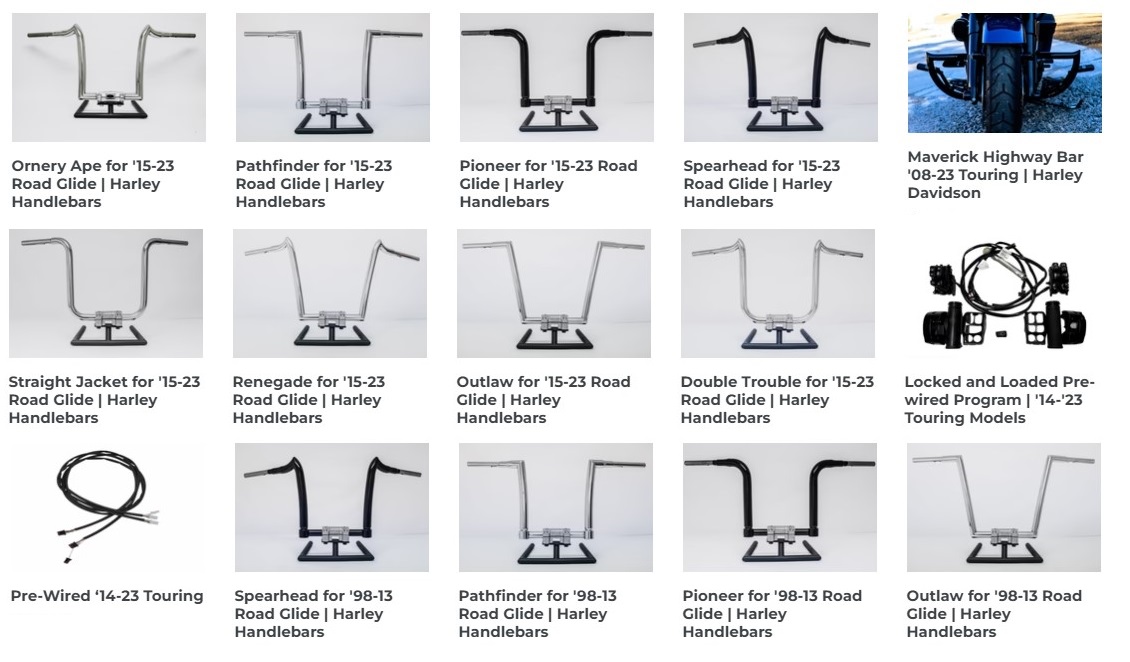Motorcycle Boots Fundamentals Explained
Motorcycle Boots Fundamentals Explained
Blog Article
Getting The Motorcycle Boots To Work
Table of ContentsThe Ultimate Guide To Motorcycle BootsEverything about Motorcycle BootsSome Known Facts About Motorcycle Boots.Little Known Questions About Motorcycle Boots.The Main Principles Of Motorcycle Boots 10 Simple Techniques For Motorcycle Boots
The vital elements of modern-day motorbikes are provided listed below.; this has been made use of all through bike history yet is currently coming to be much more usual.It was widely out of favor and generally pertained to as a poor concept at the time. It has given that acquired some cachet in the modern-day personalized bike world also due to the fact that of the space cost savings it can manage and the reference to an earlier age.
Any storage space container for fuel may be so called, the term is usually used to component of an engine system in which the gas is kept and pushed (gas pump) or launched (pressurized gas) into an engine. A motorbike fork is the part of a motorbike that holds the front wheel and permits one to guide.
The Single Strategy To Use For Motorcycle Boots
The combination of rake and trail determines how stable the bike is. motorcycle boots. The 'fork' on a bike contains multiple parts. The triple trees (also called yokes) hold the fork tubes (which have the fork springtimes), and are secured to the neck of the structure by the guiding stem.

, which needs both lubrication and adjustment for prolongation (stretch) that takes place via wear. The lubricating substance is subject to being thrown off the fast-moving chain and results in grime and dirt build-up. Chains do degrade, and too much wear on the front and back gears can be unsafe.
Conventional roller chain-drives experience the capacity for vibration, as the effective span of activity in a chain and sprocket combination continuously alters throughout the change ("chordal activity"). If a drive gear rotates at consistent RPM, then the chain (and the driven sprocket) should speed up and decelerate frequently. Most chain-driven motorcycles are read this post here fitted with a rubber bushed back wheel hub to eliminate this vibration issue.
These chain oilers vary in refinement, but all add significantly to the life of the chain. The personalized of lubing by submersing the chain in a tin of warm oil stopped in the early 1970s, as soon as most chains had rubber "O'-rings. The original Suzuki RE5 of 1975 included a rear chain oiler, but the 1976 design had a closed chain, and its oiler was deleted as "unneeded".
Motorcycle Boots Fundamentals Explained
They are not as sturdy when subjected to high horsepower as a chain. You can not change the length and change final drive ratios as conveniently as chains. And call for larger wheels compared to chain sprockets to get an effective final drive ratio.
Inside the bell real estate a bevel equipment on the shaft friends with an additional on the wheel mount. This plan is premium in terms of sound and sanitation and is virtually maintenance-free, with the exemption of occasional fluid modifications.
The added equipment collections are a source learn the facts here now of power loss and included weight. Virtually all high-performance auto racing motorbikes use chain-drive due to the fact that they are the most mechanically reliable transferring power to the back wheel.

How Motorcycle Boots can Save You Time, Stress, and Money.
One of the most crucial attribute of any tire is the call patch, the little area that is in contact with the road surface area while riding. There are tires developed for dirt bikes, touring, sport and cruiser bikes. Dirt bike tires have knobbly, deep footsteps for maximum hold on loose dust, mud, or gravel; such tires have a tendency to be much less steady and noisier on smooth surfaces.
Visiting tires are normally made of a tougher rubber compound for higher resilience, these might last longer yet tend to provide much less straight-out grasp compared basics to sports tires at optimal operating temperatures. Exploring tires commonly offer extra grip at lower temperatures and can be a lot more fit to riding in cold or winter season conditions where a sporting activity tire may never ever reach its ideal operating temperature level.
These have a tendency to have stronger sidewalls as they are usually fitted to larger equipments. Motorsport or competing tires provide the highest possible of degrees of grasp. As a result of the high temperature levels at which these tires usually run, utilize outside an auto racing atmosphere is unsafe, generally these tires do not reach their optimum temperature which gives less than optimal grip.
An Unbiased View of Motorcycle Boots

This can result in brake dive. Brakes can either be drum or disc based, with disc brakes being more usual on big, contemporary or much more expensive motorbikes for their far superior quiting power, particularly in damp conditions. There are many brake-performance-enhancing aftermarket components offered for most motorcycles, including brake pads of differing compounds and steel-braided brake lines.
Report this page